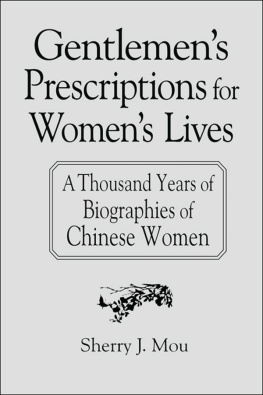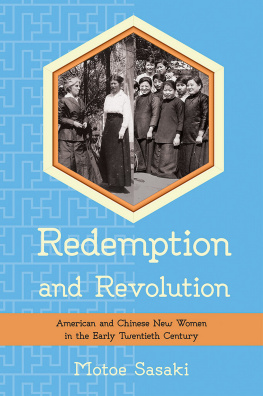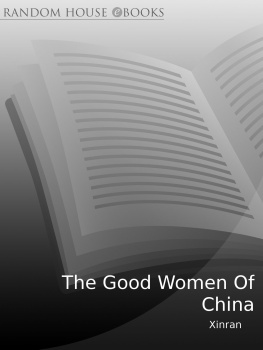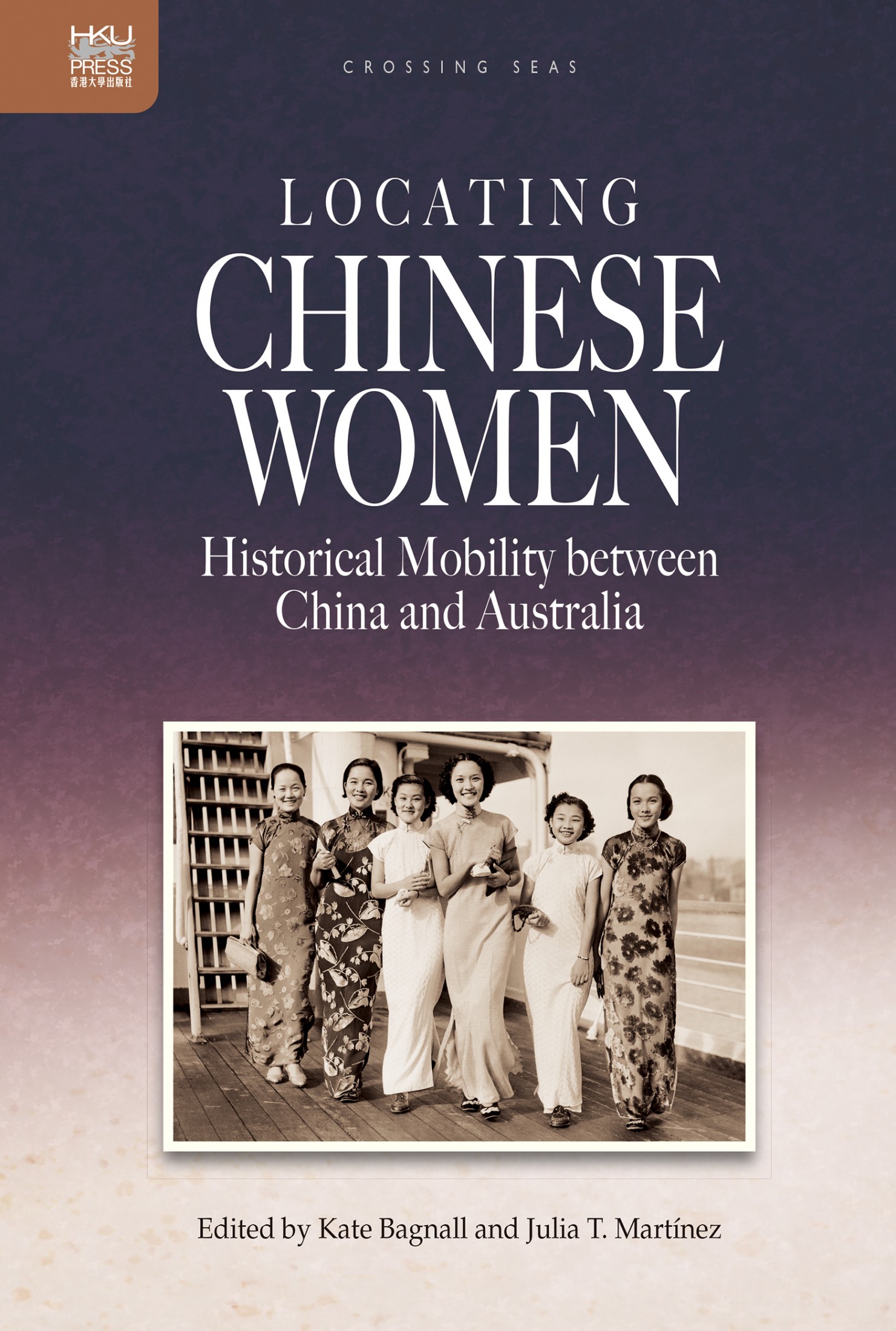This ground-breaking edited collection draws together Australian historical scholarship on Chinese women, their gendered migrations, and their mobile lives between China and Australia. It considers different aspects of womens lives, both as individuals and as the wives and daughters of immigrant men. While the number of Chinese women in Australia before 1950 was relatively small, their presence was significant and often subject to public scrutiny.
Moving beyond traditional representations of women as hidden and silent, this book demonstrates that Chinese Australian women in the twentieth century expressed themselves in the public eye, whether through writings, in photographs, or in political and cultural life. Their remarkable stories are often inspiring and sometimes tragic and serve to demonstrate the complexities of navigating female lives in the face of racial politics and imposed categories of gender, culture, and class.
Historians of transnational Chinese migration have come to recognize Australia as a crucial site within the Cantonese Pacific, and this collection provides a new layer of gendered comparison, connecting womens experiences in Australia with those in Canada, the United States, and New Zealand.
Kate Bagnall is a historian at the University of Tasmania in Hobart. She has published on various aspects of Chinese Australian history, particularly on women and family life.
Julia T. Martnez is an associate professor of history at the University of Wollongong, Australia. She has published on the history of northern Australia, Southeast Asia, and the Pacific.
Locating Chinese Women is a path-breaking book. By exploring the experiences of Chinese Australian women during the nineteenth and early twentieth centuries, the authors have opened new and compelling avenues of inquiry about the history of Chinese Australian women. In this landmark work, they have brilliantly recast the history of Chinese Australia.
Joy Damousi, Australian Catholic University
Locating Chinese Women breaks new ground in Australian and transnational Chinese womens history by making the lives of remarkable Chinese Australian women visible. Photographs, testimonies, Chinese-language newspapers, and digitized archives help document the womens agency and activities as they navigate public lives between and within Australia and China during the nineteenth and early twentieth centuries.
Shirley Hune, University of California, Los Angeles, and University of Washington
Crossing Seas
Editors: Henry Yu (University of British Columbia) and Elizabeth Sinn (University of Hong Kong)
The Crossing Seas series brings together books that investigate Chinese migration from the migrants perspective. As migrants travelled from one destination to another throughout their lifetimes, they created and maintained layers of different networks. Along the way these migrants also dispersed, recreated, and adapted their cultural practices. To study these different networks, the series publishes books in disciplines such as history, womens studies, geography, cultural anthropology, and archaeology, and prominently features publications informed by interdisciplinary approaches that focus on multiple aspects of the migration processes.
Books in the series:
Chinese Diaspora Charity and the Cantonese Pacific, 18501949
Edited by John Fitzgerald and Hon-ming Yip
Locating Chinese Women: Historical Mobility between China and Australia
Edited by Kate Bagnall and Julia T. Martnez
Returning Home with Glory: Chinese Villagers around the Pacific, 1849 to 1949
Michael Williams
Locating Chinese Women
Historical Mobility between China and Australia
Edited by Kate Bagnall and Julia T. Martnez

Hong Kong University Press
The University of Hong Kong
Pokfulam Road
Hong Kong
https://hkupress.hku.hk
2021 Hong Kong University Press
ISBN 978-988-8528-61-5 (Hardback)
All rights reserved. No portion of this publication may be reproduced or transmitted in any form or by any means, electronic or mechanical, including photocopying, recording, or any information storage or retrieval system, without prior permission in writing from the publisher.
British Library Cataloguing-in-Publication Data
A catalogue record for this book is available from the British Library.
Cover image: Mrs Chan Harr, Marjorie Wong Yee, Annie Kwok, Norma Wong Yee, Ida Kwok, and Patty Wong Yee on their arrival in Sydney from Hong Kong on the SS Changte, March 8, 1938.
Source: ACP Magazines Ltd Photographic Archive, Mitchell Library, State Library of New South Wales (ON 388/Box 043/Item 035).
Illustrations
Cover
Mrs Chan Harr, Marjorie Wong Yee, Annie Kwok, Norma Wong Yee, Ida Kwok, and Patty Wong Yee on their arrival in Sydney from Hong Kong, March 8, 1938
Figures
Maps
Tables
Acknowledgements
This edited collection arose out of two events hosted by University of Wollongong in New South Wales, Australia, in 2013 and 2014. The first was the Dragon Tails 2013 Third Australasian Conference on Overseas Chinese History and Heritage, convened by Julia T. Martnez, Paul Macgregor, and Jason Lim and titled Tradition and Modernity amongst Overseas Chinese. Also helping with conference organization were Kate Bagnall and Sophie Couchman, the convenors of Dragon Tails 2011. Professor Henry Yu from University of British Columbia was invited as keynote speaker and facilitator. The conference began with two panels on women and gender. Martnez, who had just begun an Australian Research Council Future Fellowship on womens mobility, was struck by the groundbreaking historical research that was being undertaken in Australia on the topic of Chinese women. The following year, in December 2014, Martnez and Bagnall hosted the Chinese Women in the Southern Diaspora History Symposium. Selected papers from that symposium, along with other invited contributions, have been edited to create this collection, titled Locating Chinese Women.
Note on Romanization
The women we discuss in this volume were mainly Cantonese by birth or heritage, tracing their roots to the rural counties of the Pearl River Delta in Guangdong Province. Historically, the lingua franca of Guangdong was Cantonese, including variants such as those spoken in the Sze Yup counties. Some non-Cantonese languages, such as Hakka and Long Du (a dialect of Southern Min), were also spoken in the emigrant districts.
In this volume we have generally written Chinese personal, institutional, and place names in the way they were best known in Australia at the time, in most cases through an English rendering of a Cantonese pronunciation (e.g., Chong Shue Hing and Sze Yup) or an old-style romanization of Mandarin (e.g., Soong May-ling and Kuomintang). Chinese characters are included where these are known.
Given the linguistic diversity of Guangdong and the lack of standardized romanization systems for most Cantonese dialects, to facilitate comparative research we have, where possible, also provided standard romanizations using Cantonese Yale and Mandarin pinyin.
1. Introduction: Chinese Australian Women, Migration, and Mobility
Kate Bagnall and Julia T. Martnez
As the first edited collection on womens historical connections between China and Australia,








